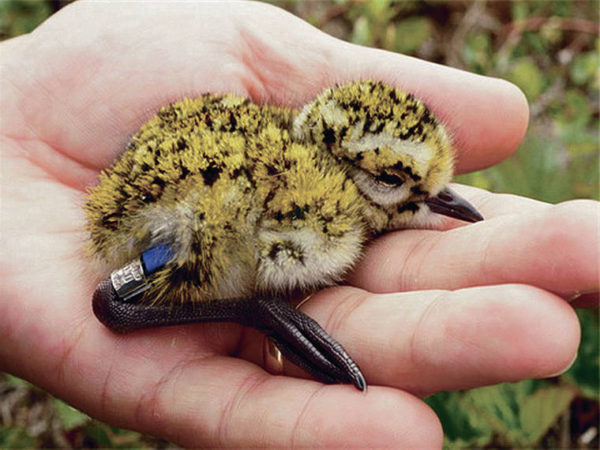Published in the Ocean Watch column, Honolulu Star-Advertiser © Susan Scott
April 27, 2019
We kolea fans are getting out our hankies to wave goodbye and bid safe journey to our Pacific golden plovers, which are currently all decked out in their breeding best.
I have said before that these migratory shorebirds leave Hawaii on April 26 or 27, but that was a mistake. Nature runs on its own schedule, and of course, some birds promptly proved me wrong.
Plover expert Wally Johnson, writes, “Most (kolea) take off the last week of April, a few in early May.” He thinks the birds’ departure has to do with length of day, combined with local wind conditions.
Several readers have informed me that their birds have left already. Left for where? I wondered.
About now, kolea depart their home territories and gather in flocks of various sizes. Johnson reports that Oahu’s plovers are known to congregate in, among other places, Kualoa Regional Park. Also, a couple of years ago, a reader sent me a photo of an all-male kolea gathering at Ford Island.
 Kolea chicks hatch with adult-size legs,
Kolea chicks hatch with adult-size legs,
enabling researchers to attach ID bands to birds just days old.
Courtesy Oscar W. Johnson
Like most plover-philes, I would love to see such an assembly, as well as a liftoff. But because the get-togethers don’t last long, they are hit-or-miss events.
At some unknown (to us) signal, the gathered birds rise together and soon disappear. Cruising altitudes range between 3,000 and 16,000 feet, depending on wind speeds and directions.
The plovers make their 3,000-mile nonstop flight to Alaska in an astonishing three days. After refueling there on berries and bugs, the birds pair off and get down to the business of continuing the species.
Several readers have sent me photos of an Oahu wintertime plover surrounded by smaller birds that the readers thought might be kolea chicks. But no. The smaller, reddish-brown buddies sometimes seen with plovers are ruddy turnstones. The two species occasionally forage together.
Even though kolea have made a liar of me in the past, I feel safe saying that Hawaii’s migratory shorebirds never raise chicks here. The birds have evolved to migrate north because Arctic summers have copious food sources and abundant daylight in which to forage.
Chicks hatch at the end of June. As soon as their downy feathers are dry, the youngsters start running around eating the swarms of insects and blooms of berries that are abundant on the tundra. Because it’s light 24 hours a day, feeding is nearly constant and growth is fast. About 30 days after hatching, kolea chicks can fly.
Because our islands feel sadly empty when the kolea leave, and we know the hazards the birds face in their travels, saying farewell to our feathered friends can be a teary affair. It’s handy to have a hankie.